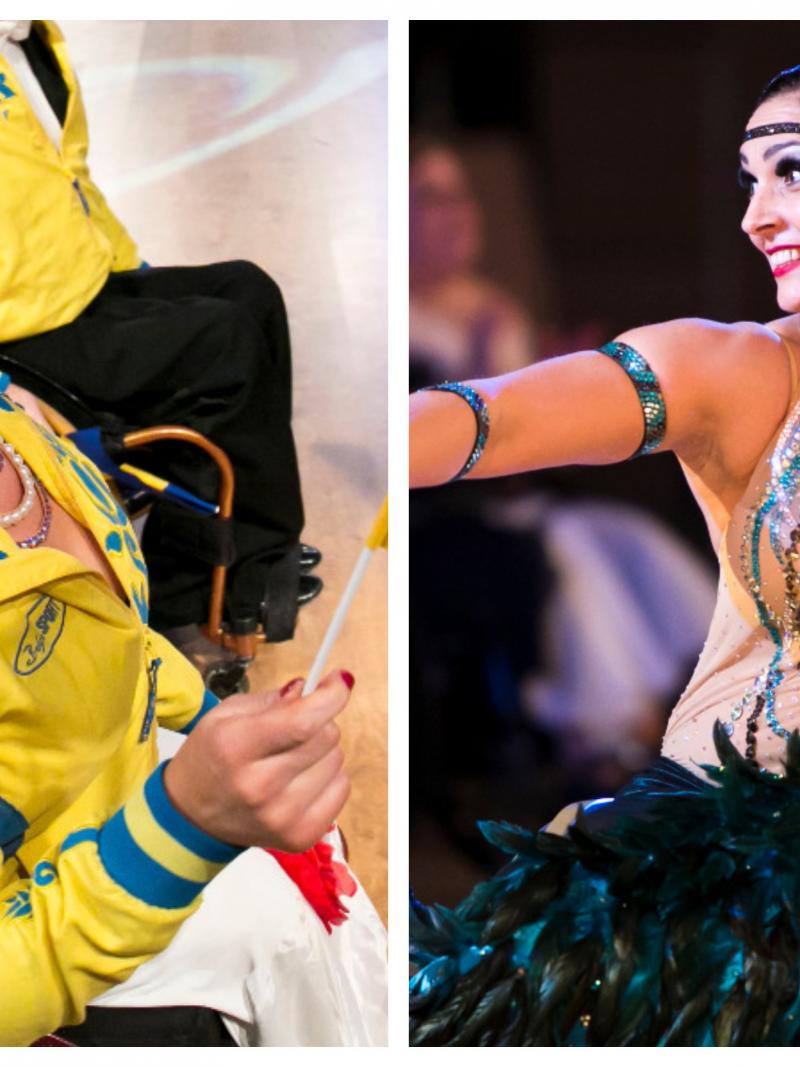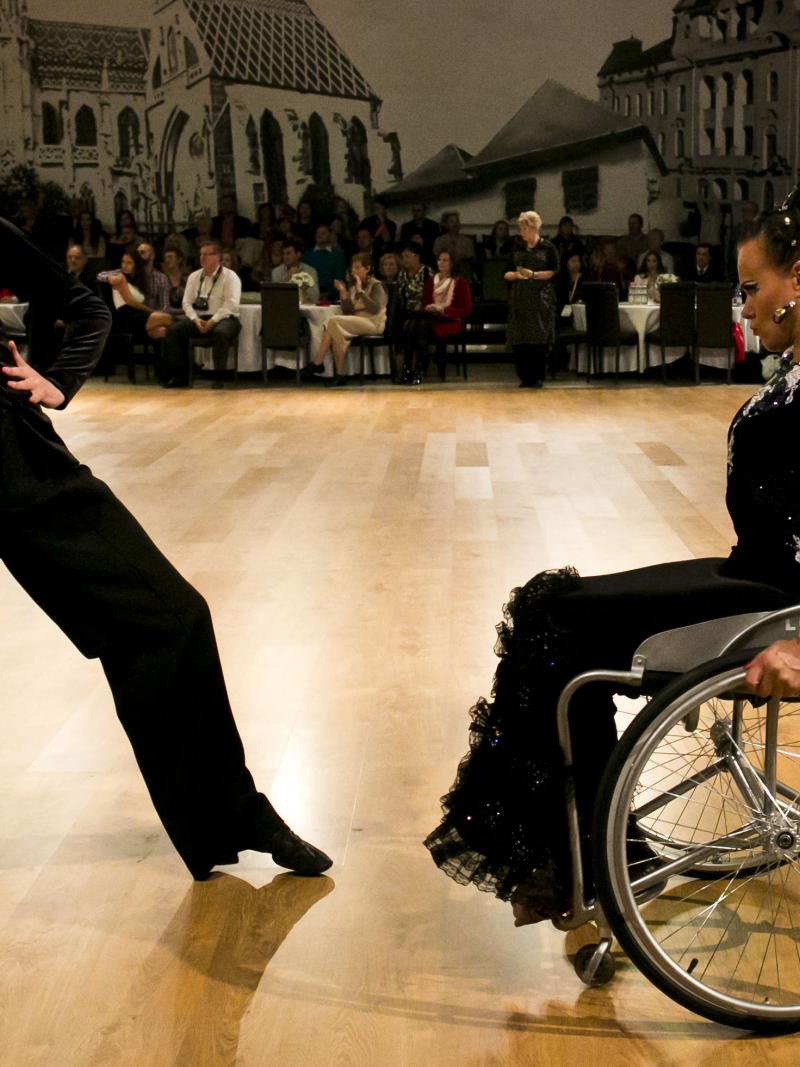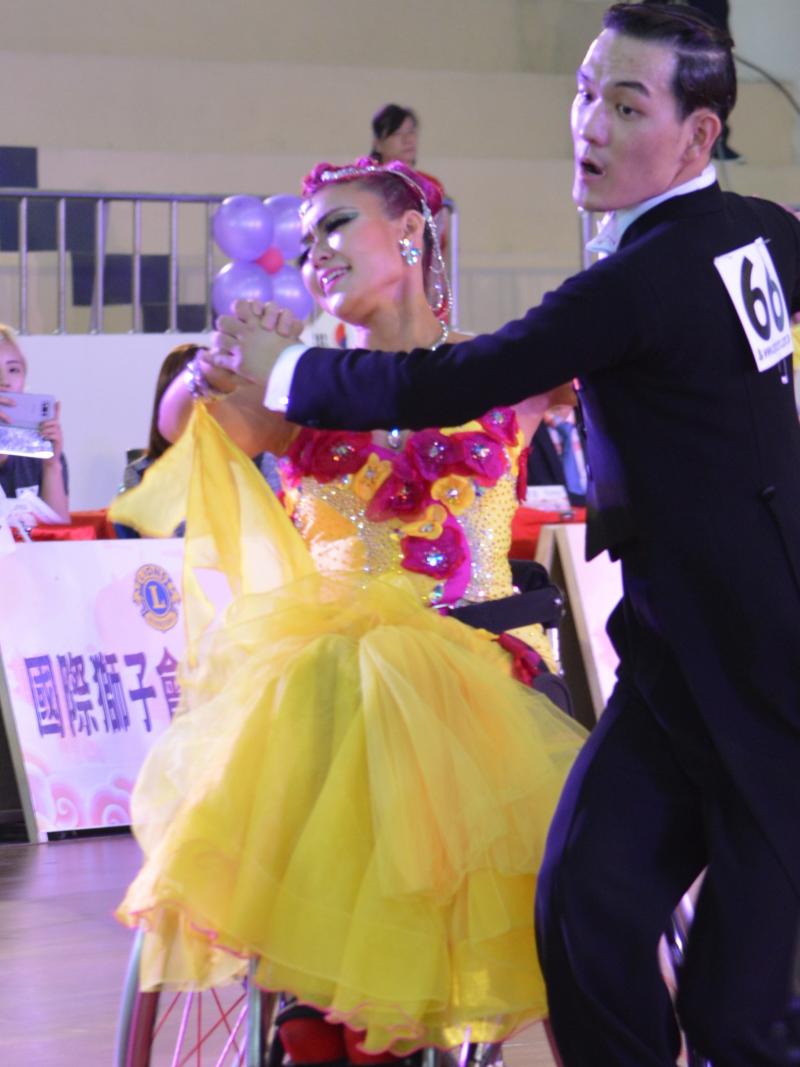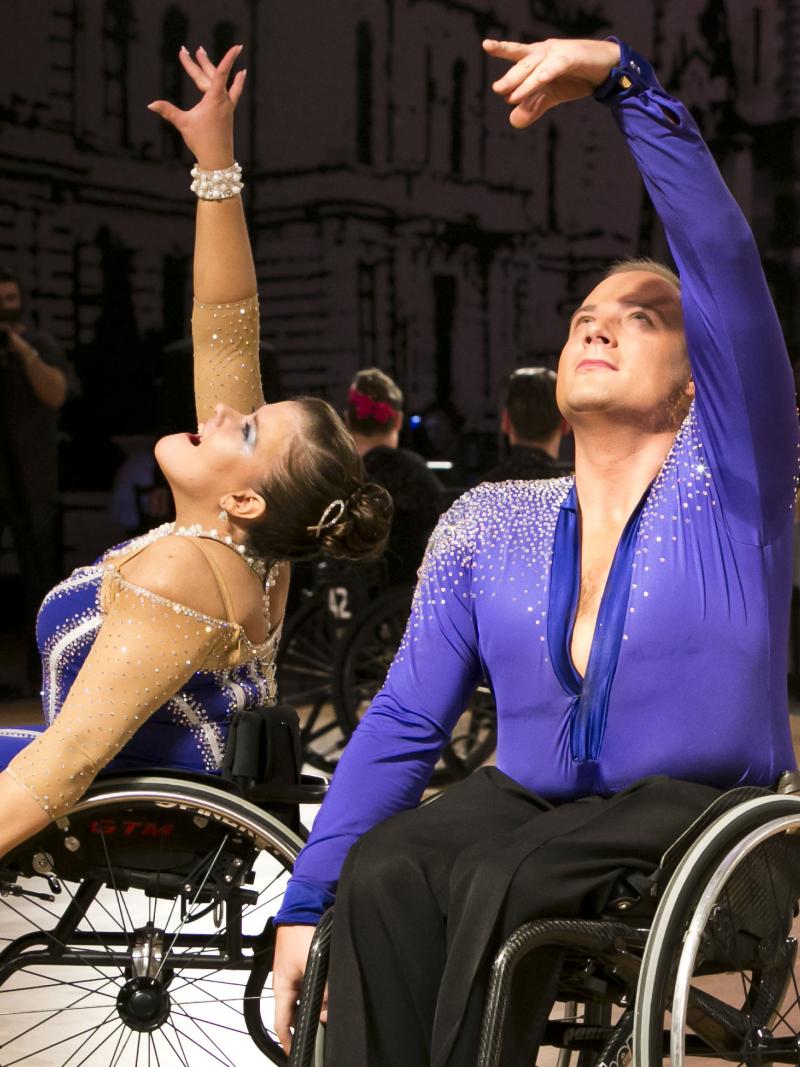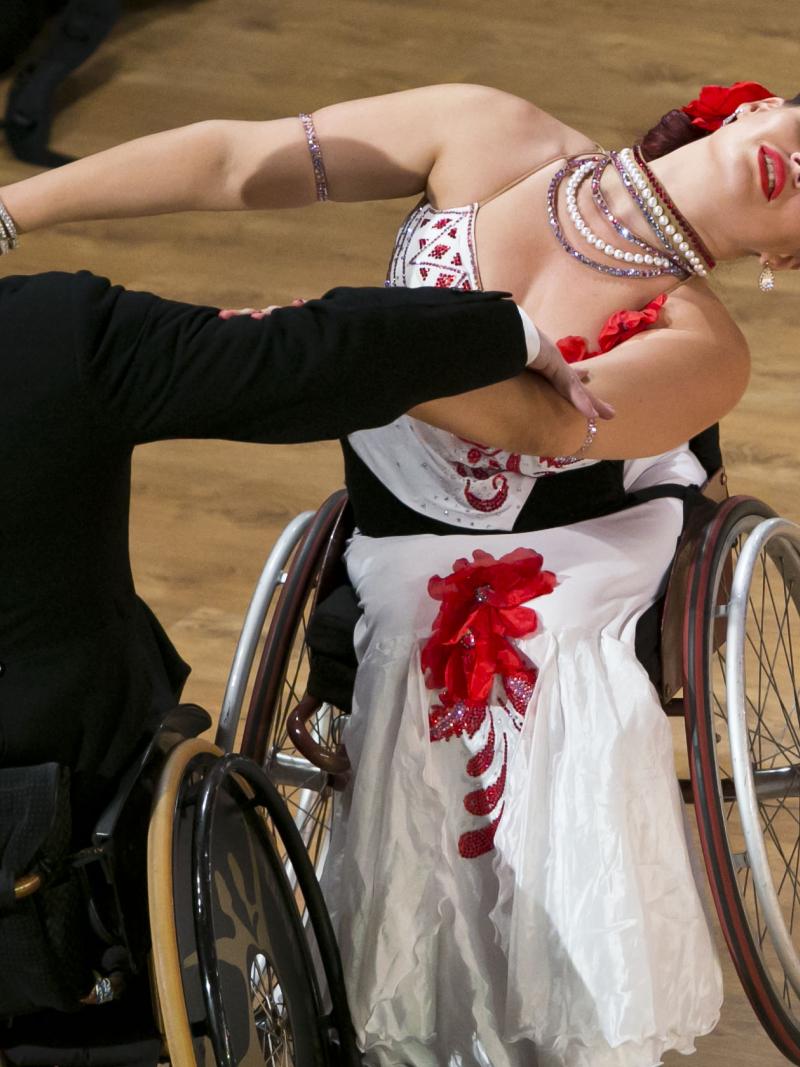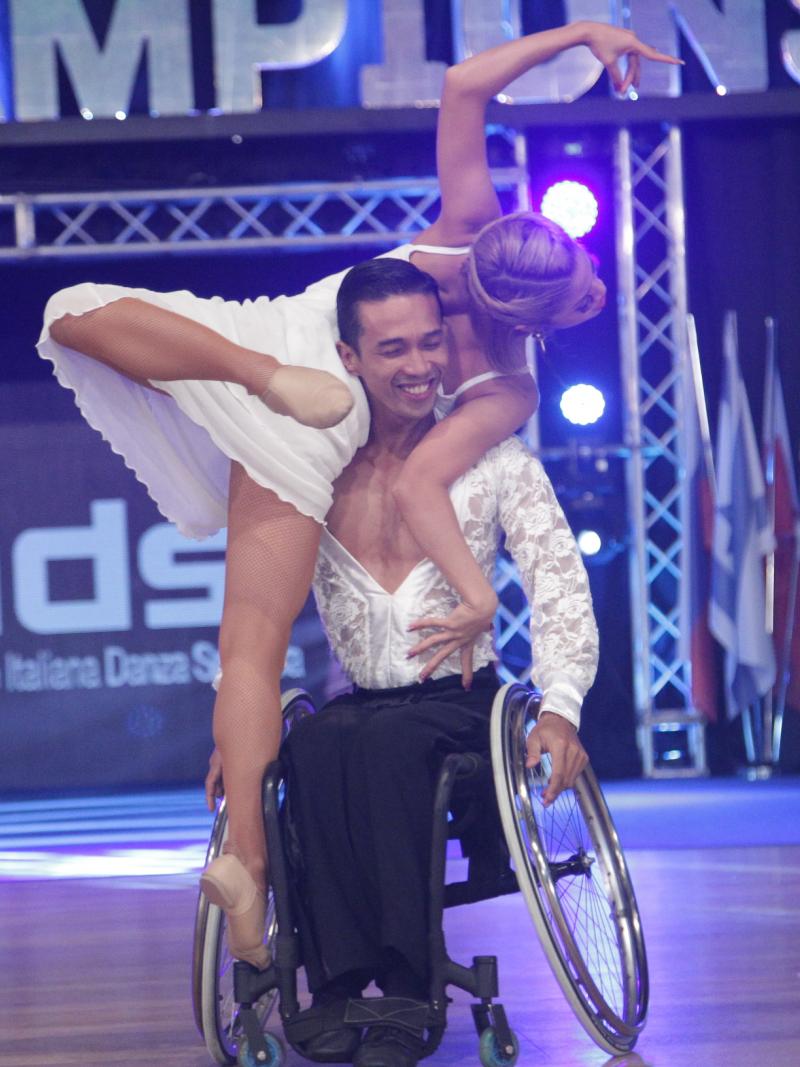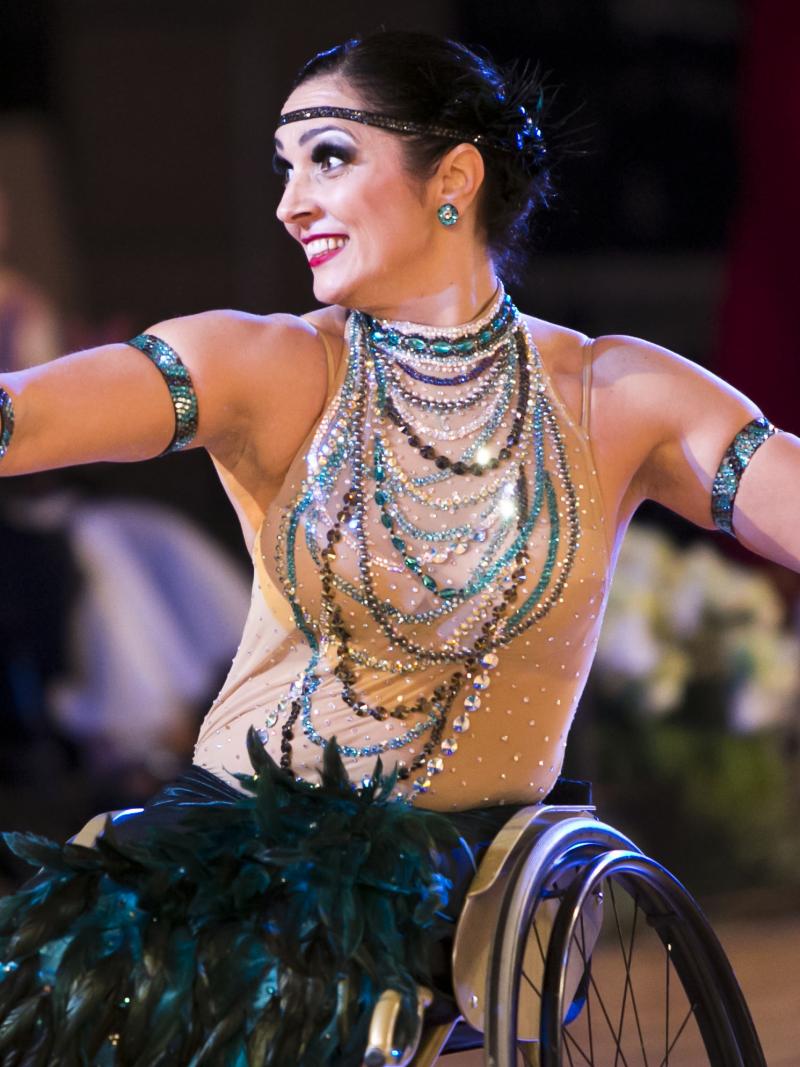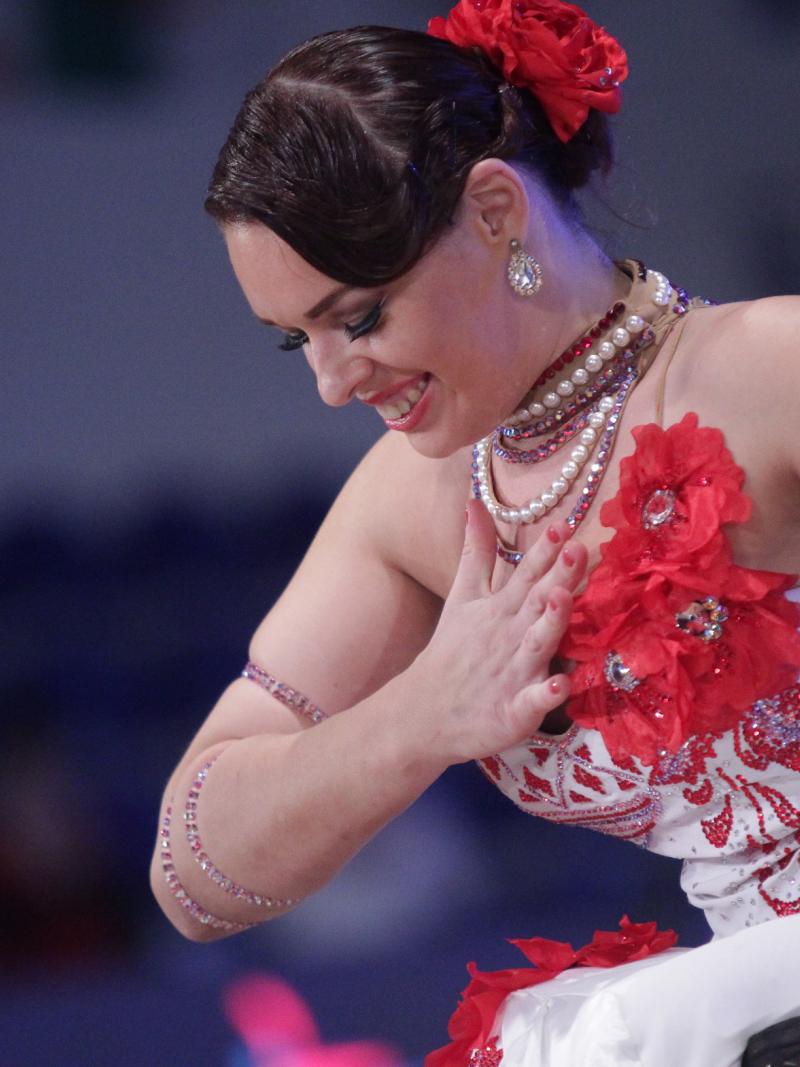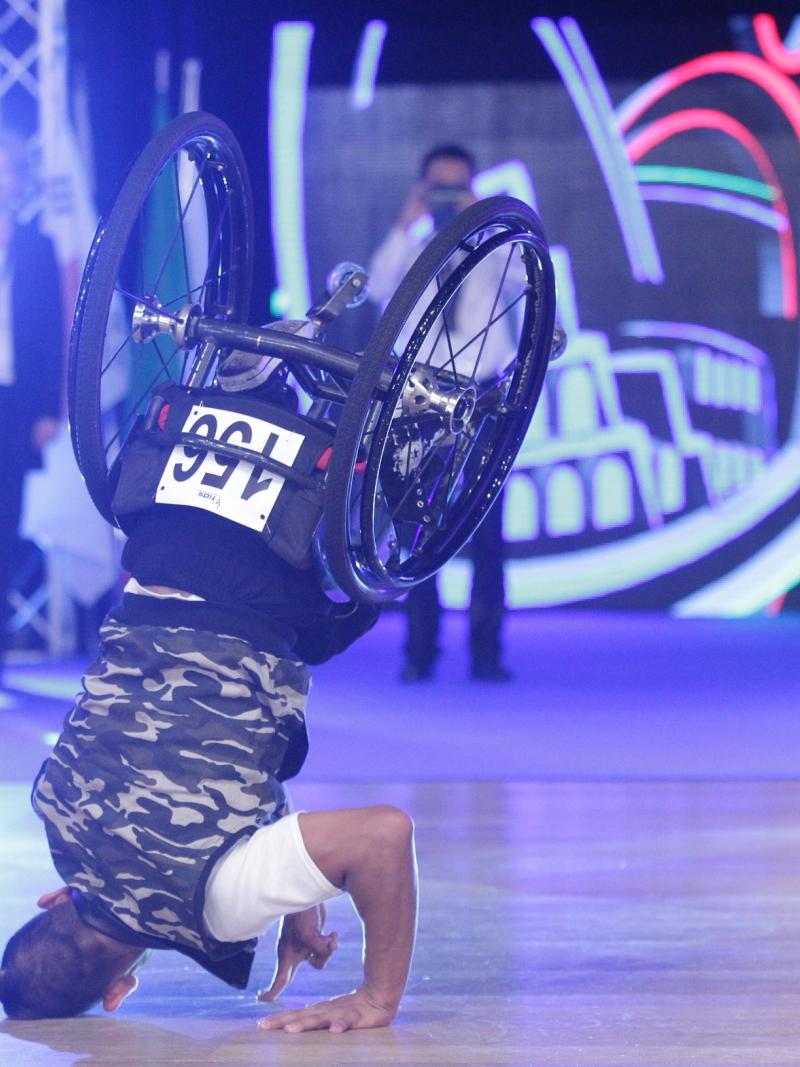Ivan Zamiga eager to leave ‘mark in history’ at Malle 2017
Ukrainian hoping to add world title to European gold in Belgium this weekend 20 Oct 2017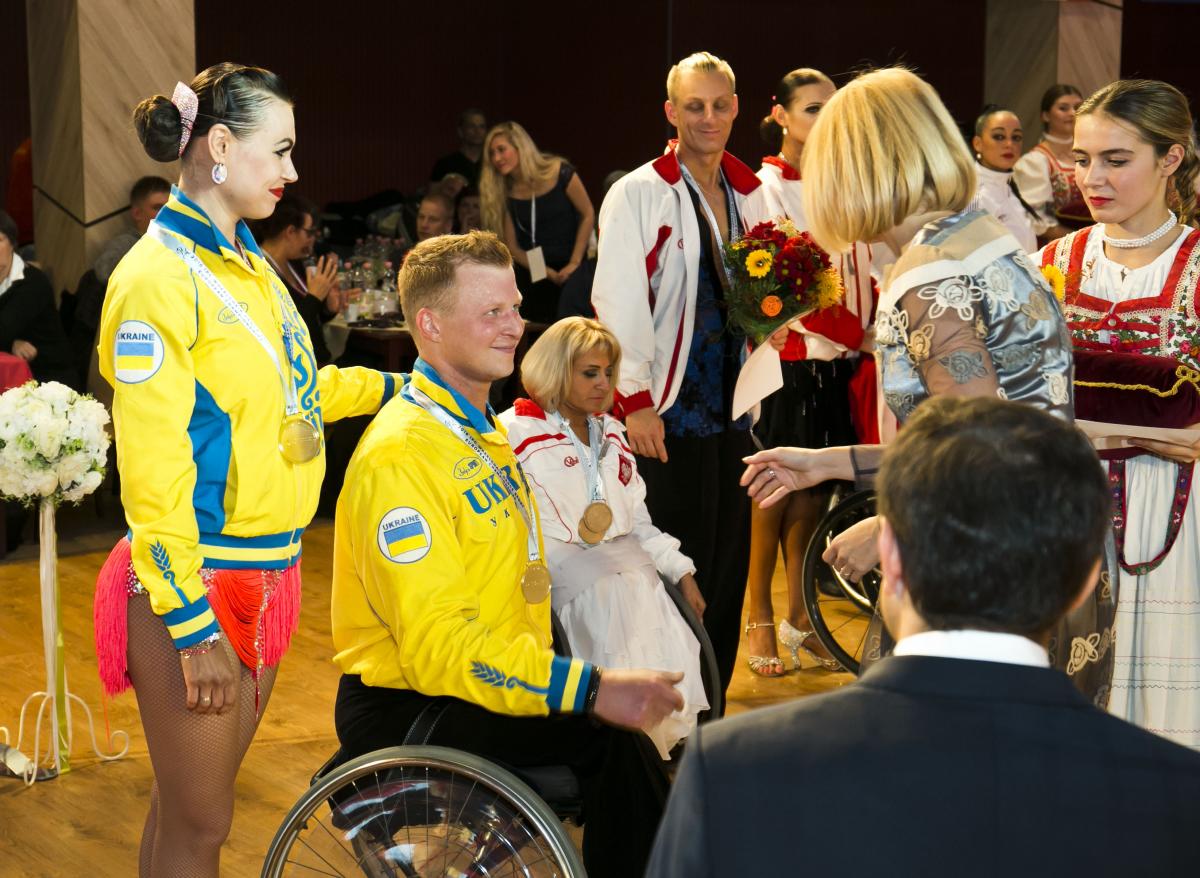
"You cannot treat dancing as a job. You have to love it or do something else. If what I do brings joy to me as well as to the spectators, I will continue to pursue it.”
Winning the European Championships in 2016 was the biggest victory Ivan Zamiga has had in his Para dance career, which spans more than 10 years. The victory in the men’s singles class 1 and 2 combined motivated the dancer and thrust him into the spotlight.
It also whet his appetite for seeking an even bigger prize - becoming a world champion at the 2017 World Para Dance Sport Championships, which begin Saturday (21 October) in Malle, Belgium.
“The results of the European championships inspired me, but the main test for me as a dancer is the world championships!” Zamiga said. “I want to surpass myself at the world championships and show our coaches, my partner and the spectators the best that I am capable of at this moment.”
The pursuit of this goal has required a herculean effort from the 34-year-old Ukrainian athlete, whose top result at the 2015 World Para Dance Sport Championships was a sixth place in the combi Latin event.
“(My) training takes place in the dance hall of the Berezil club - a place soaked with tears, sweat and blood,” Zamiga said. “I don’t want to say that this is a place of torture, but it is only by being on the verge of your abilities that you get stronger and win. First of all, against yourself.”
Zamiga trains at the Kiev club with his partner, 2010 world champion Elena Dankevich under the guidance of three coaches.
Irina Kotyrlo teaches him the techniques of handling a wheelchair during dances. Svetlana Kryukova adds trendy and modern moves into his dance routines, while the national coach Elena Chizh gives comments on the overall composition and its elements.
As for Zamiga, he taps into his love for music and performance arts to improve his dancing.
“I simply love music and artistry,” said the athlete, whose hobbies include playing piano and guitar. “Love is my power. You cannot treat dancing as a job. You have to love it or do something else. If what I do brings joy to me as well as to the spectators, I will continue to pursue it.”
Despite competing in the sport at the top level for nearly 10 years, Zamiga said he is still just as excited about going on the dance floor as he was when he started training in the sport in 2006.
“In the past, dancing for me was simultaneously an opportunity to be in proximity to something beautiful and to see the world,” he said. “Now practically nothing has changed, only the scale. The difference now is that I want to leave a mark in history.
“I want dancers from our sport to gather huge halls and the spectators to forget that we sit in wheelchairs or use additional equipment, and get an aesthetic pleasure from what we do.”





